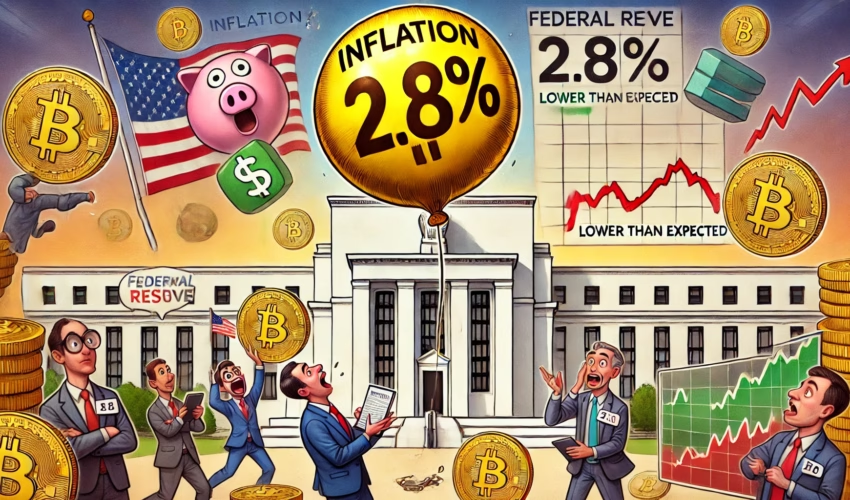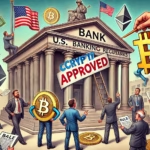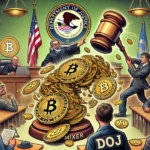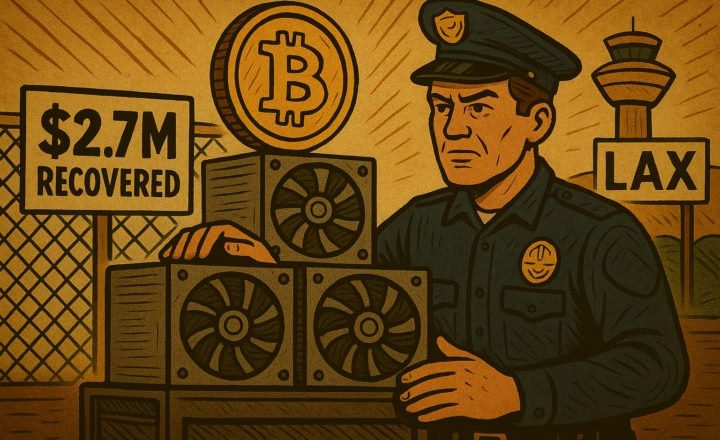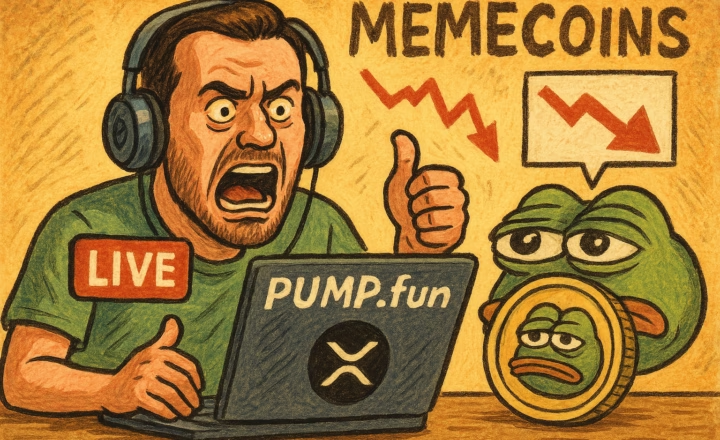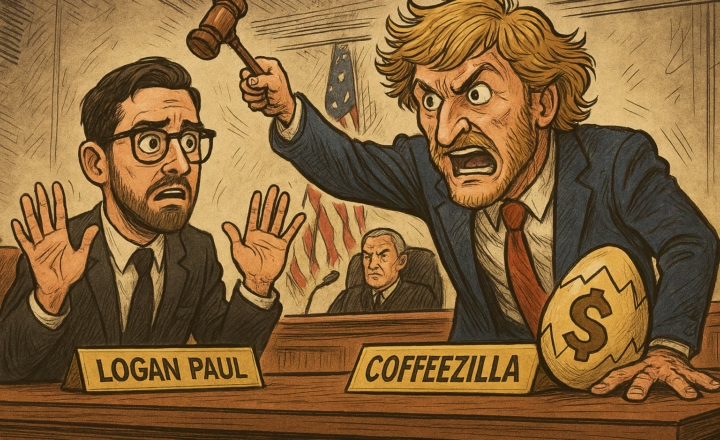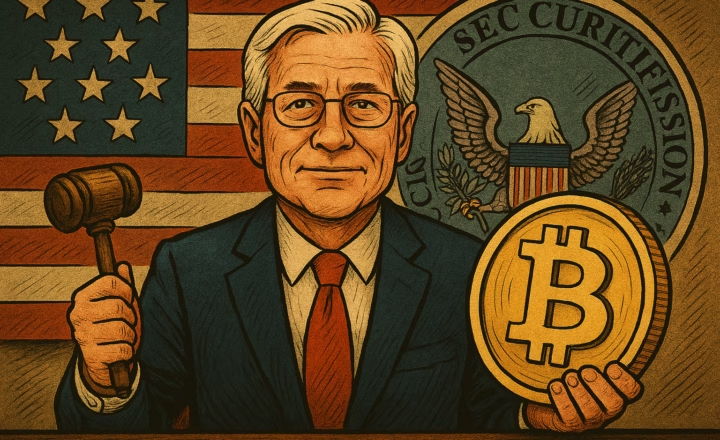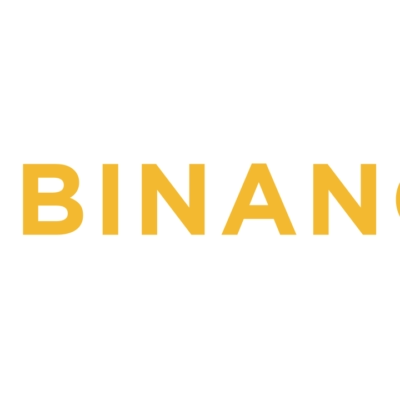U.S. Inflation Falls to 2.8%, Lower Than Expected
Inflation Slows More Than Expected
The U.S. annual inflation rate for February 2025 has declined to 2.8%, down from 3.0% in January, according to the latest report. This result was lower than the market expectation of 2.9%, raising questions about how the Federal Reserve (FRB) will respond with its monetary policy.
The decline in inflation was mainly driven by a drop in energy prices and stabilization in housing costs. Gasoline prices fell by 1.0%, reducing financial pressure on consumers. Meanwhile, housing costs rose by only 0.3%, a slowdown from the previous month. However, food prices remained flat, while restaurant costs increased by 0.4%, indicating that service sector inflation remains persistent.
The slower wage growth also contributed to easing inflation. As companies reduce costs and the impact of past rate hikes takes effect, wage growth has moderated, helping to curb overall inflation.
Impact on the Federal Reserve’s Monetary Policy
The lower-than-expected inflation rate could influence the Fed’s decision on future rate cuts. While many market analysts expect a rate cut at the June Federal Open Market Committee (FOMC) meeting, the Fed may adopt a cautious approach.
Inflation is moving toward the Fed’s 2% target, but persistent service sector price increases and a still-strong labor market could lead the Fed to maintain its restrictive stance for longer. Whether the Fed cuts rates in June or later will depend on upcoming economic data. If signs of economic slowdown intensify, the rate cut could be moved forward, but if inflation remains stubborn, the Fed may delay easing measures.
Impact on the Cryptocurrency Market
The Fed’s monetary policy has a direct impact on the cryptocurrency market, particularly on Bitcoin (BTC), which is sensitive to interest rate movements. Lower interest rates typically drive higher demand for risk assets, meaning a Fed rate cut could support Bitcoin’s price appreciation.
Since the approval of Bitcoin ETFs in 2024, institutional investors have increasingly entered the market. If the Fed shifts toward a dovish stance, funds may flow from the bond market into riskier assets, potentially boosting Bitcoin’s price. Additionally, a weaker U.S. dollar due to rate cuts could impact stablecoins like USDT and USDC, increasing their demand in emerging markets.
In the altcoin market, a lower interest rate environment could also benefit decentralized finance (DeFi) projects and Web3 investments, as lower borrowing costs make it easier for projects to raise funds. This could lead to increased capital inflows into major altcoins like Ethereum (ETH) and Solana (SOL).
Outlook and Investment Strategy
The decline in inflation suggests a stabilizing U.S. economy, but it also places greater importance on the Fed’s policy decisions in the coming months. Investors should closely monitor the Fed’s next FOMC meeting, employment reports, and consumer spending trends, as these indicators will shape market expectations for rate cuts.
If the Fed signals that inflation is steadily declining, rate cuts could follow, leading to a bullish outlook for Bitcoin and the broader crypto market. However, if the Fed remains cautious and delays easing, markets may experience short-term corrections.
For Bitcoin investors, it will be crucial to watch interest rate trends and adopt a long-term investment strategy, rather than reacting to short-term price movements. The altcoin and DeFi markets may also see increased activity as investors position themselves ahead of a potential rate cut.
With U.S. inflation and Fed policy playing a crucial role in shaping the future direction of the cryptocurrency market, investors should remain vigilant and adapt their strategies accordingly.


